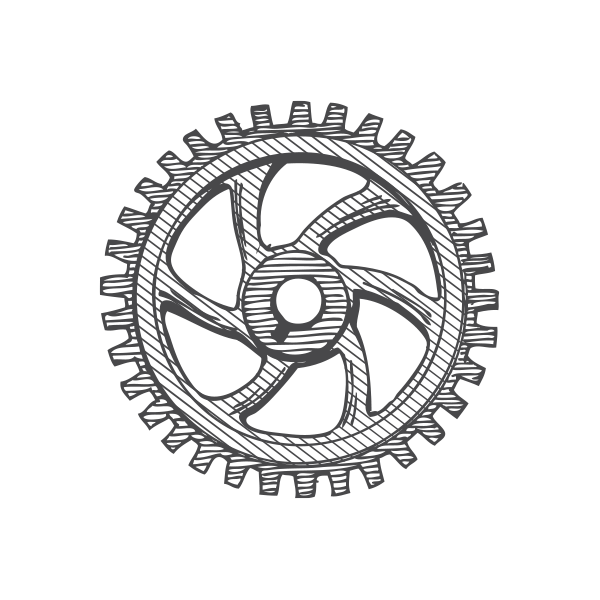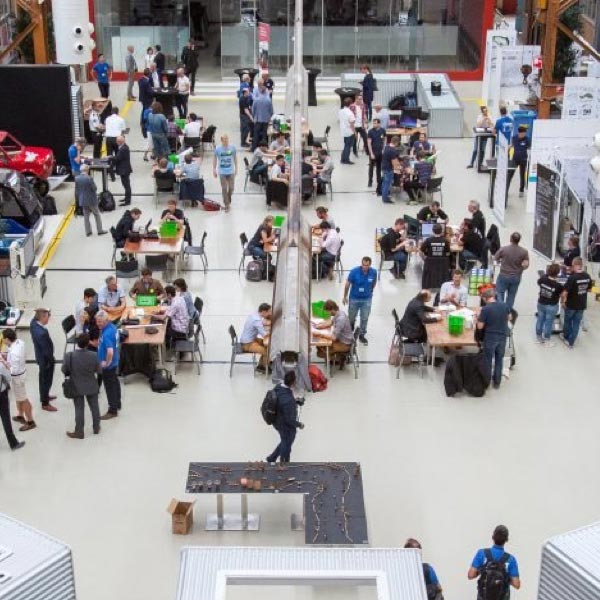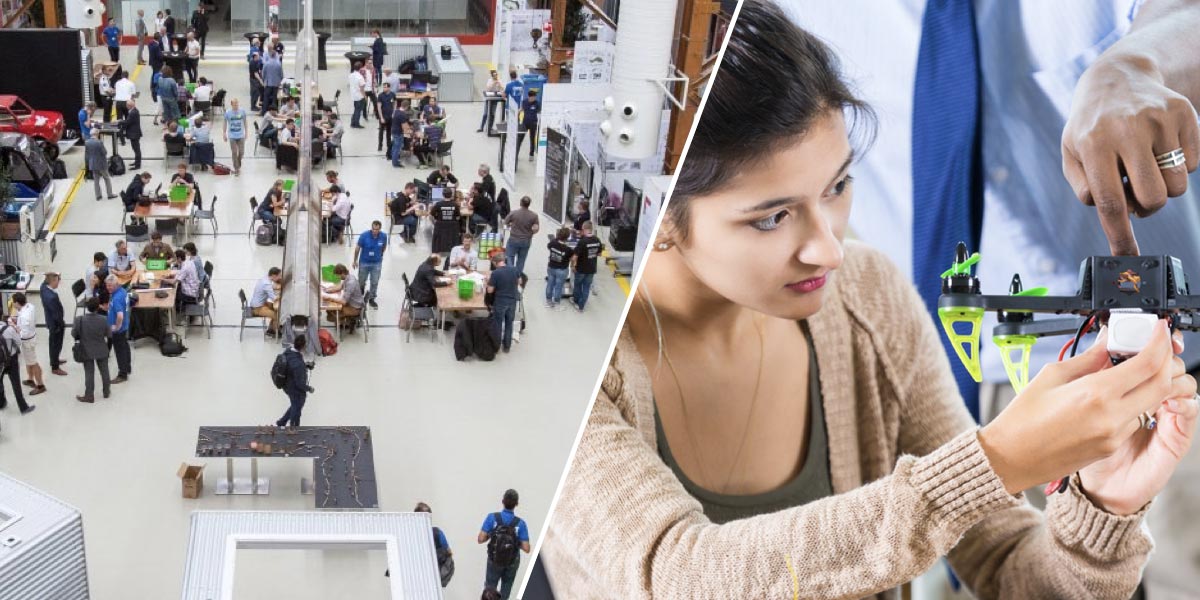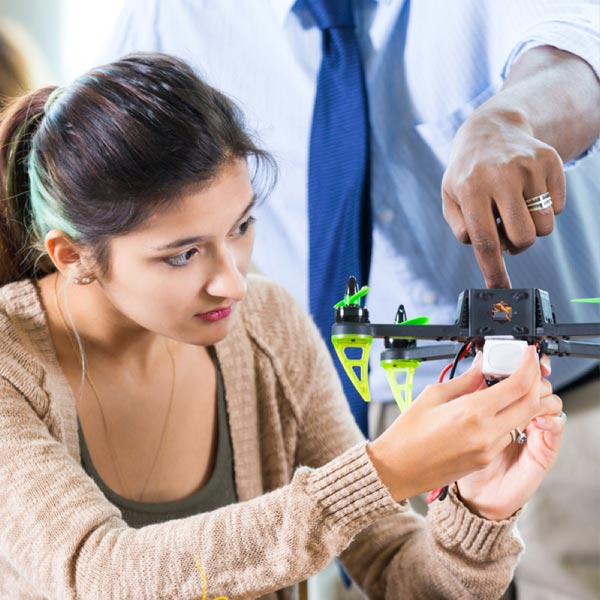Courageous Studio
Cultural Audit, Audience Analysis and Branded Content
Pictures taken from various sources. This project is part of Master in Branding of the School of Visual Arts Honors project. The team members are Tara Chen, Ina Dimitrova, Kristina Ermolenko, Michelle Kwiatkowski, Christine Shin, and myself. Teacher supervisors are by Elizabeth Talerman and Bret Sanford-Chung. Our client was Courageous, CNN Branded Content Studio.

Challenge
We live in a fast-paced world, where we face unexpected revelation to breakthrough innovation, such as Artificial Intelligence, drones, and autonomous driving without knowing enough about it. Our unfamiliarity could form skepticism instead of optimism. The fear that autonomous machines will take over jobs (technological unemployment) is a pattern society are experiencing especially after 1930. The history proved that innovation was created for better human achievement, and not the otherwise.
Partnering with and by using the capability of Courageous Studio, a branded content studio under CNN, we wanted to establish these groundbreaking innovation as an integral part of the future of cultural progress. We sought to shift the perception of this technology from a threat to aid.
Cultural Findings
To answer the challenge, we first need to identify the critical drivers of innovation that progresses culture. After looking through different moments of time across culture, we looked back the Renaissance as a pivotal moment in the history of innovation. Great inventions in every area of culture flourished during the time. The same thing is happening at this moment, as we are living in the New Renaissance. We continue the journey of exploration all the way from space and beyond. The ideas like Humanism also flourished, changing the way perceived themselves and their place in the world. We also explore the way we share information. We shifted from Gutenberg to Zuckerberg; evolving printed books to digital communication.
We observed the two periods of time have three themes in common: Patronage, Constraint, and Frenemies. Three thought starters pulled out of these topics.



Patronage
How might we manage the tension that comes with the change to address the hopes and fears of the unknown future innovations?
Constraint
How might we relieve the fear of constraints to hit the untapped potential of new technologies?
Frenemies
How might we facilitate unexpected collisions that accelerate progress?
Audience Understanding
We conducted interviews with thought leaders and innovators in technology to understand their point of view on the innovation. Using the Kirton Adaptation Innovation model (KAI), we classify them based on the two extremes: innovator and adaptor.

Adaptors believe that innovation should be inclusive and create work efficiency. However, they fear that the innovation will take over jobs.

On the other spectrum, innovators are excited about the innovation, and they see them as the extension of themselves. They fear that people are not intellectually ready for this innovation.
From both views we pulled three insights and themes:
Courage
Few dare to invent the things people can’t yet see a need.
Diversity
We are not as skeptical of new technologies as much as we are suspicious of “others.”
Responsibility
We don’t want innovation to surpass us because we need to feel in control.
Big Ideas
We crafted three branded content ideas that speak directly to the theme of Courage, Diversity, and Responsibility and the role in which the innovation could take part.



Power from within
The power within gives us the courage to see and explore beyond our understanding. Using the innovation, we want courageous people to discover and experience the power of phenomenal things from the inside; from the power within the earth like earthquakes or volcanos mountain to the power within our body, like the brain of each kind.
Walking in someone else’s shoes
Technology could merge two perspectives in one, enable people to see new possibilities and view on a whole new level. Eventually, it helps us reduce the skepticism of “others.” The VR/AR and 5G technology enable people who want to share their experience in an unlikely environment, and those who want to experience that journey.






Problem Solver
Technology should be inclusive, and it should solve problems that matter. Innovators have the responsibility to address the issue with innovation in a way that is understood by all. We could create a platform, in the form of an open studio, that allows collaboration between innovators and users to solve everyday’s problems, creating mutual understanding.


